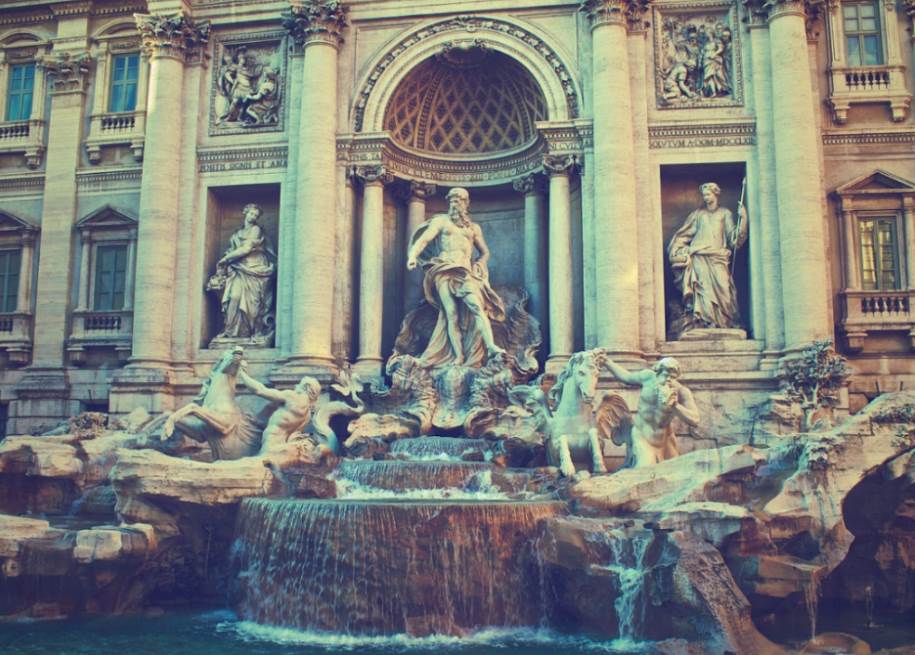The city of Rome is home to one of the most famous fountains in the world.
The city is also home to ancient monuments such as the Forum Romanum or the Colosseum. it also has a little country and residency of the Pope, Vatican City, integrated into it. The Vatican Museums hold one of the greatest art collections in the world.
Walking around the city of Rome is like walking into an open-air museum, leaving you in awe with every step you take.
In this post, You’ll discover the ultimate list of facts about the Trevi Fountain, One of Rome’s most amazing marvels.
1. What is the Trevi Fountain?
The Trevi Fountain is the largest baroque fountain in the city, stands 26.3 meters (86 ft) tall, and is 49.15 meters (161.3 ft) wide. Baroque buildings and monuments are known to be fully ornated and quite extravagant.
If you stand in front of the Trevi Fountain, you will surely know what this means. The level of detail of its decorations and sculptures is simply amazing.
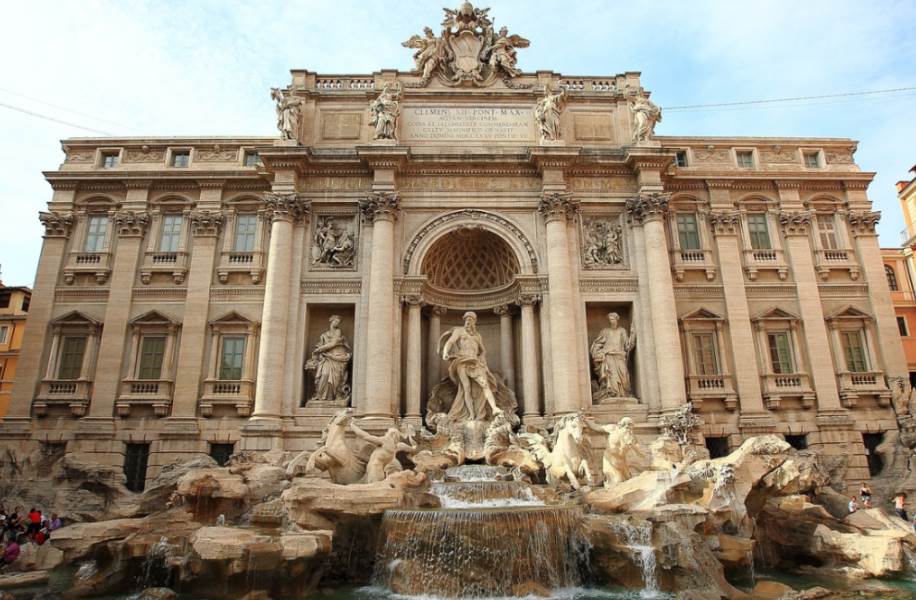
2. Where is the Trevi Fountain located?
The Trevi Fountain is located in the Trevi district of Rome, Italy. It’s believed that the name “Trevi” comes from the Latin “trivium” which translates to “three streets.”
The fountain itself is located at the crossroad of three streets and marks the endpoint of the modern “Aqua Vergine.” In ancient Rome, this was known as “Aqua Virgo,” an aqueduct that supplied the ancient city of Rome with water.
Ancient Rome was an advanced city. The pure water that came into the city (of which the Aqua Virgo, currently the Aqua Vergine, was the endpoint) was coming from a source over 13 km (8.1 mi) away from it.
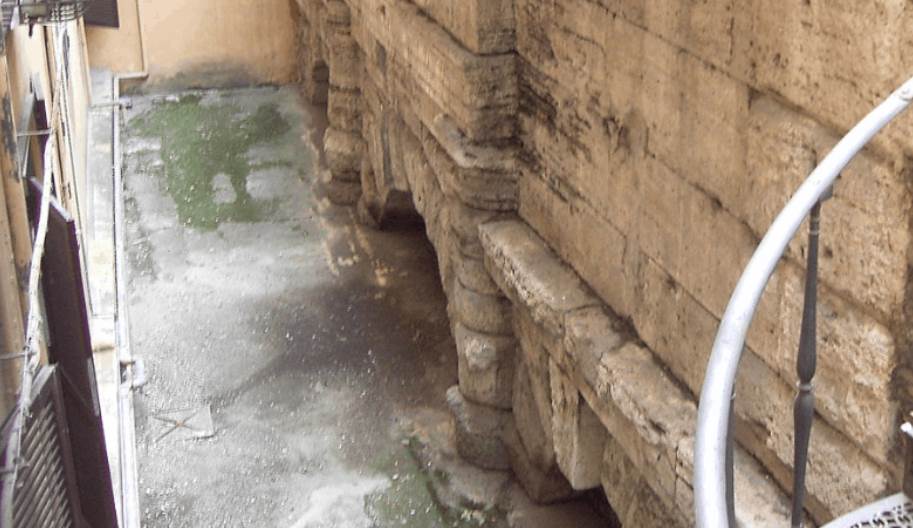
3. Who commissioned the Trevi Fountain?
In 1629, the fountain had deteriorated severely. The current Pope at the time named Pope Urban VIII had enough of it and wanted the fountain to be renovated.
He asked Gian Lorenzo Bernini to provide some ideas as to what could be done. Bernini, a famous architect, and sculptor has been described as the founder of the baroque style of sculpture.
Unfortunately, the Pope died and nothing came from the grandiose plans he had.
It wasn’t until 1730 that the plan to rebuild the fountain was proposed again, this time in the form of a competition organized by Pope Clement XII.
Nicola Salvi, an Italian architect from Rome, was awarded the project and construction started shortly after.

4. When was the Trevi Fountain Built?
Shortly after the competition ended in 1730 and the project was awarded to Nicola Salvi, the work started in 1732.
The plans were just as grandiose as with the plans of Pope Urban VIII, so it took a lot of time. Nicola Salvi died in 1751 and his work was only half-finished by that time.
After Salvi’s death, 4 sculptors and one architect were hired. The architect named Giuseppe Pannini completed the work in the year 1762.
Pope Clement VII died in 1740 so he wasn’t able to see the completed work. The fountain was inaugurated by Pope Clement VIII on May 22, 1762.
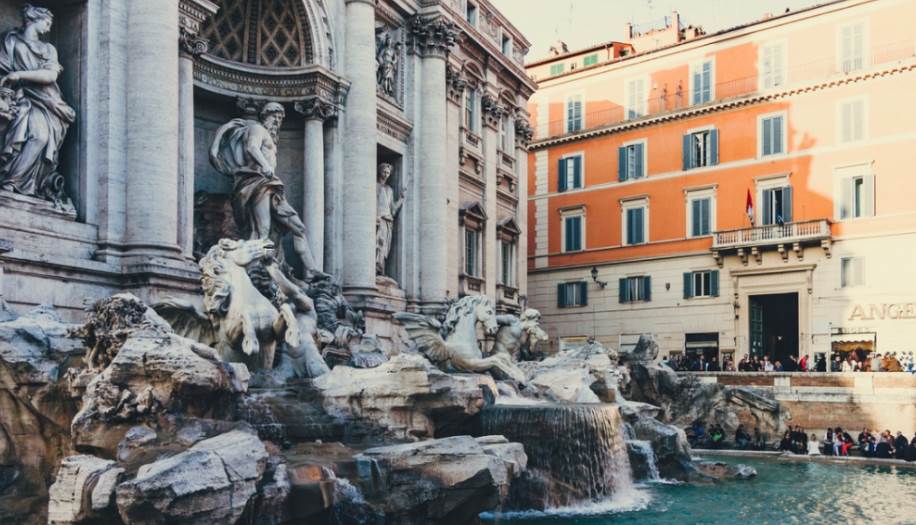
5. What does the Trevi Fountain represent?
As you might have guessed, the statues on the fountain aren’t randomly put together. They have a story to tell.
This story is about water. the location of the fountain being at the very end of the aqueduct that provides the city of Rome with water gives you the clue.
The story of the fountain is described as “Taming the waters, ” which refers directly to the aqueduct that directs pure water into the city of Rome.
In the center of the fountain, there is a statue of Oceanus standing beneath a triumphal arch. Two sea horses are pulling Oceanus’ chariots and two Tritons are guiding them to tame the hippocampus.
On the left of Oceanus, we can find the statue of abundance with a relief above it depicting Agrippa commanding his generals to build the aqueduct.
On the right of Oceanus, we find the statue of health with a relief above it depicting a virgin girl showing soldiers where the source of water can be found. After all, the aqueduct that connected the source of water to Rome was called “Aqua Virgo.”
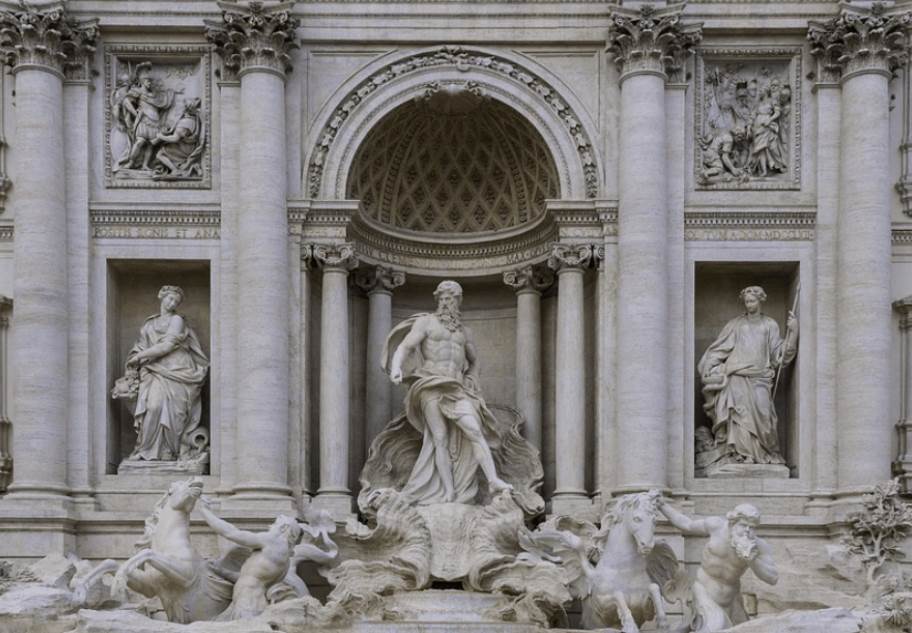
6. What about the statues on top of the Trevi Fountain?
Standing majestically on top of the 4 pillars behind the main scene of the fountain, we see 4 more statues.
These represent all the benefits that water provides us with:
- The abundance of fruits – Holding a basket full of fruit
- The fertility of crops – Holding harvested wheat
- Products of autumn – Holding a cup and a bunch of grapes
- The joy of prairie and gardens – Nicely decorated with flowers
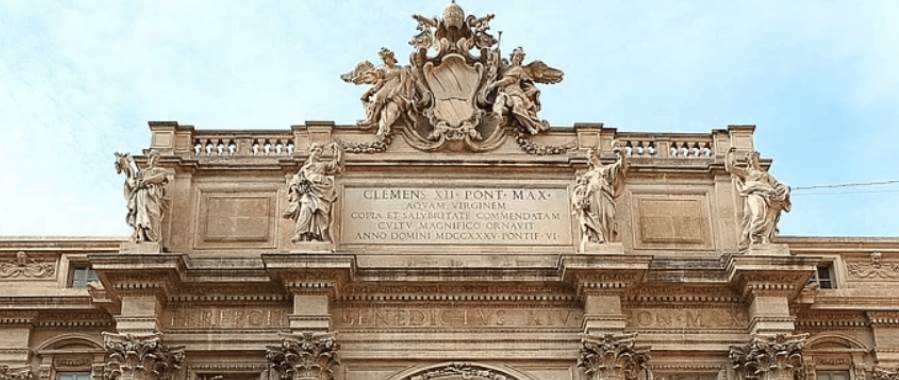
More interesting facts about the Trevi Fountain
7. The scene presented on the Trevi fountain in one of the reliefs (the virgin girl showing Romans where to find the water) is based on a legend. In 19 B.C. Romans were shown where they could find a source of pure water about 13 kilometers (8.1 mi) away from the city. According to the legend, the Romans were shown by a virgin girl.
8. Even though the source of pure water is located only about 13 kilometers (8.1 mi) from the city, the aqueduct couldn’t be built towards it. This way, the actual length the water traveled in the ancient “Aqua Virgo” was about 22 kilometers (14 mi).
9. The Aqua Virgo was one of the 7 aqueducts of ancient Rome and it was built by Marcus Agrippa It supplied the ancient city of Rome with fresh water for over 400 years, up until the Western Roman Empire fell.
10. The Baths of Agrippa, which were built in 25 B.C. and were the first public baths in ancient Rome, got its water supply directly from the Aqua Virgo.
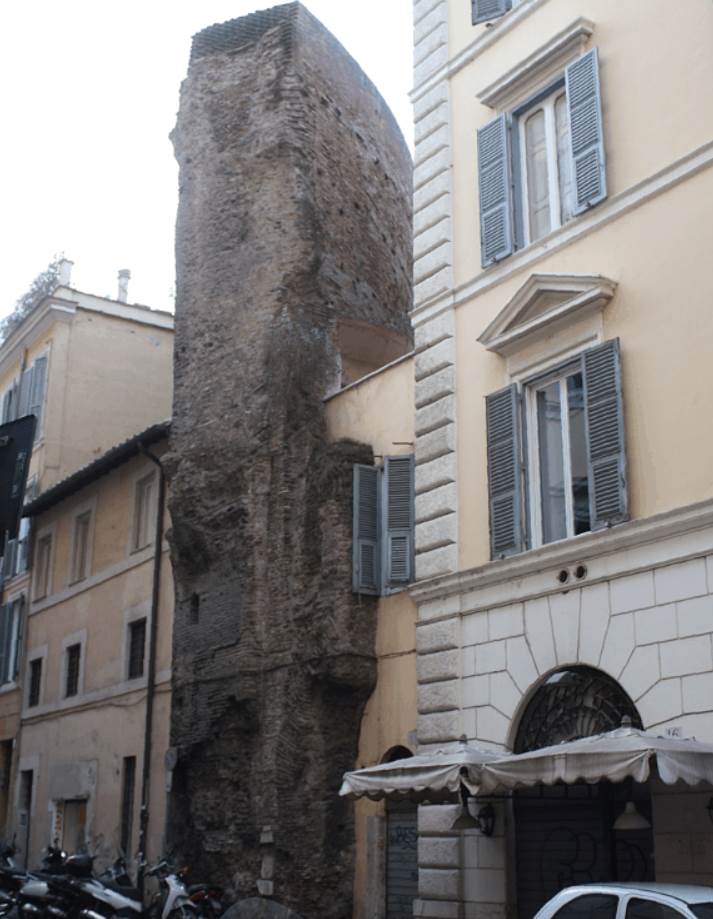
11. Even though the “founder of baroque” Gian Lorenzo Bernini didn’t create the Trevi Fountain, a lot of his inspirations can be found in its ultimate design.
12. Gian Lorenzo Bernini wasn’t the only one to create a sketch for the idea to renovate the Trevi Fountain. His rival Pietro da Cortona also create an influential model that is currently preserved in the Albertina Museum in Vienna.
13. The ultimate designer of the Trevi Fountain, Nicola Salvi, wasn’t an architect initially. he only studied architecture after completing his studies in mathematics and philosophy.
14. Nicola Salvi didn’t win the competition held by Pope Clement VII. They were won by Alessandro Galilei, a Florence-based architect. Romans, proud as they are didn’t accept the fact that a non-Roman architect would be in charge of rebuilding a famous Roman landmark, so Nicola Salvi was eventually chosen.
15. Regardless of losing the competition, Nicola Salvi’s design received much praise, as the final result shows.
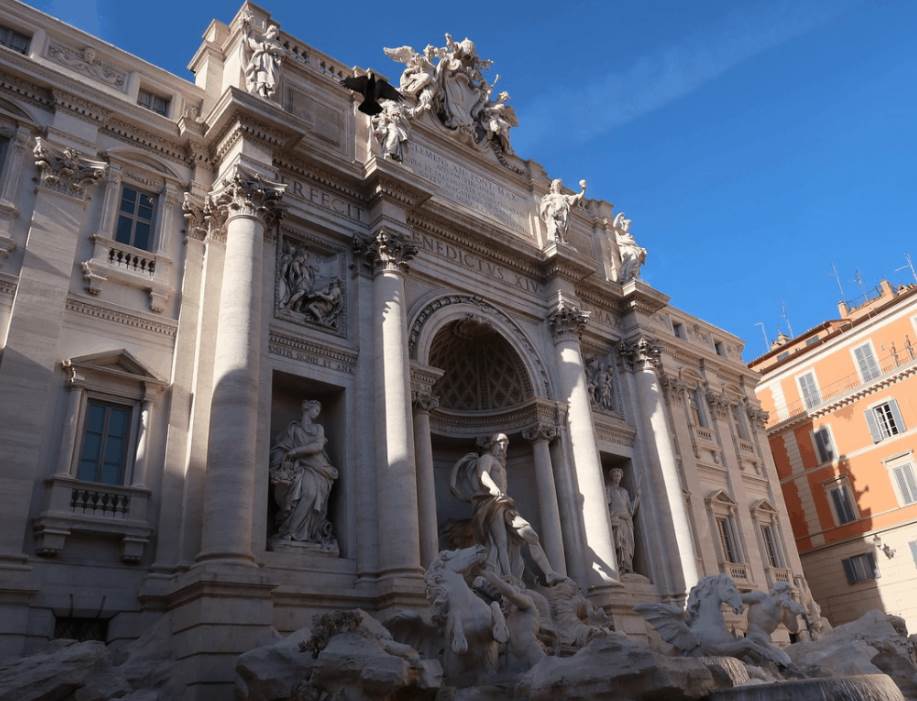
16. The majority of the fountain is made out of the same stone as the Colosseum, Arc de Triomphe, and Sacré-Coeur are made out of, namely Travertine, a type of limestone. The Travertine used for the Trevi Fountain was quarried near the town of Tivoli, about 35 kilometers (22 mi) east of Rome.
17. After its creation, the fountain was functional. For some time before the renovated fountain was built in the Middle Ages, it was the only source of fresh water in the city of Rome. A normal scene at the fountain would have been dozens, if not hundreds of people lining with buckets to collect their daily water.
18. The seahorses held back by the Tritons are both wild and tame. The wild seahorse on the left represents rough seas and the tame seahorse represents a calm sea.
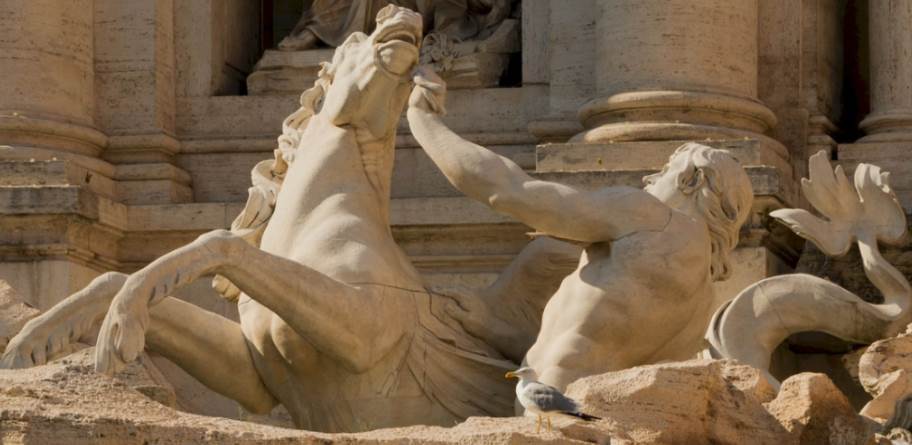
19. according to popular belief, the water of the fountain has magical powers. If you take a sip from it, you are bound to come back to Rome one day.
20. Drinking water from the fountain today isn’t advised as the water isn’t clean. The city of Rome has a lot of “fontanelles” though where you can fill your water bottle. One of them is even located right next to the fountain.
21. At the back of the fountain, you can find the Palazzo Poli. It used to be owned by the Conti family, the Dukes of Poli. Poli is a town in the Lazio area. It currently houses the “Istituto Nazionale per la Grafica.”
22. Throwing coins into the water is done by hundreds of tourists every day. It is claimed that when you throw 3 coins into the water, you are allowed to make a wish and it will come true.
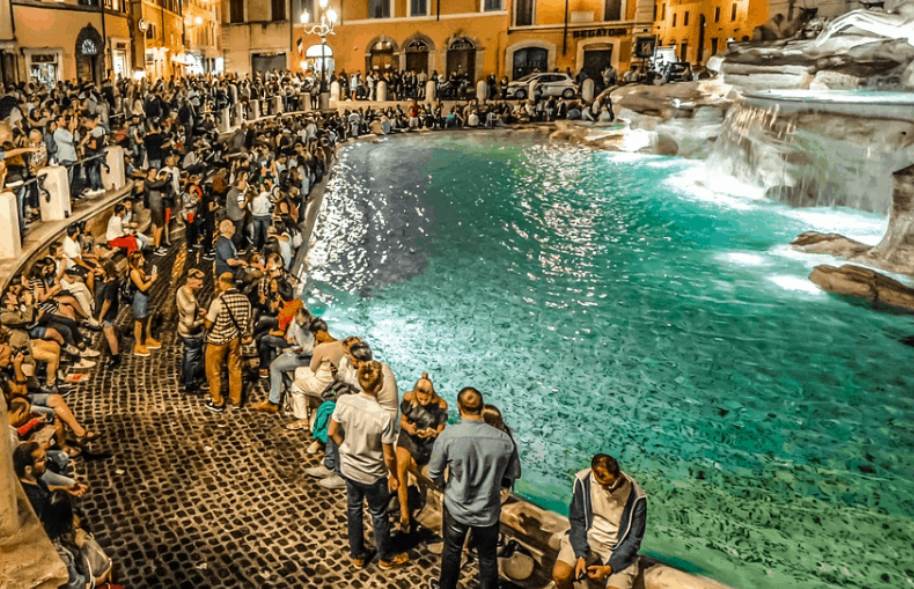
23. a lot of people are a bit superstitious (and why not?) and go along with throwing 3 coins into the fountain. It’s estimated that over 3,000 Euros are thrown into the water every single day!
24. In 2016 alone, over €1.4 million (US$1.5 million) has been thrown into the Trevi Fountain. The act of throwing coins into the water is a small donation to charity as the money is being used for positive things, such as feeding the poor people of Rome.
25. Don’t think of stealing any coins from the fountain tough as it’s considered a criminal offense. Likewise, don’t attempt to dive into the fountain as that will get you a fine of 500 € to be paid cash.
26. In 2013, Italian fashion chain Fendi announced that they would fund the restoration of the Trevi Fountain for a whopping 2.2 Million Euros. It was the biggest restoration to the fountain ever and work took about 20 months. During the renovation, 100 LED lights were integrated into the fountain to give it an amazing view at night.
27. The fountain produces about 2,823,800 cubic feet of water every single day. This water is recycled and turned into clean drinking water which can be tapped freely in drinking fountains all over the city.
28. The Trevi Fountain appears in several films, the most famous one being Federico Fellini’s 1960 drama “La Dolce Vita” starring Anita Ekberg and Marcello Mastroianni. An interesting fact about the Trevi Fountain, when Mastroianni died in 1996, the fountain was temporarily turned off and covered in black.
